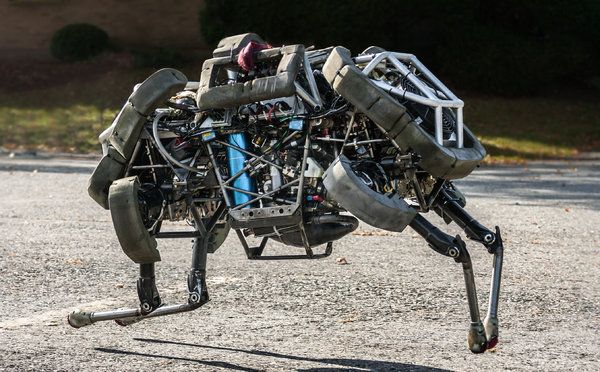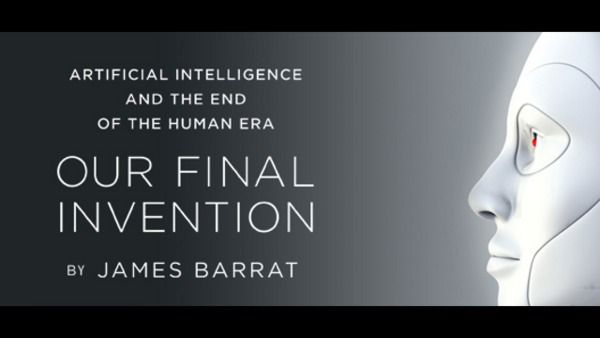Mary (Missy) Cummings is Associate Professor at Duke University and Director of the MIT (Massachusetts Institute of Technology) Humans and Automation Laboratory.
In just the past two years, it seems as if drones are everywhere in the news. This technology has been around for more than 60 years, but has only recently captured both national and international attention. This is primarily because of the increasing use in the military, but also because of concerns that such technology will be turned on a country’s own citizens.
The average person thinks of a drone as a flying spy camera, loitering overhead waiting to spot a target and then possibly launching a weapon when that target is labeled as a threat. To be sure, this is indeed one mission of drones, typically of organizations like the CIA.
However, this is by far the least common mission. The vast majority of military drone missions today are data and image collection. Their ability to provide “situational awareness” to decision makers on the ground is unparalleled in military operations since drones can essentially conduct perch and stare missions nearly endlessly.





